Invasive Species Control Training and Certification:
Why is it so important to understand how invasive species impact our environment and to eradicate them? According to the Invasive Species Website, invasive species can have a negative effect on natural resources, human health, and the economy. When non-indigenous species are introduced into an ecosystem where they did not evolve naturally, they have no natural enemies. The reason for this is that in a natural or native community, species evolve together into an ecosystem with many checks and balances that limit the population growth of any one species.
To help their clients reduce this impact on the environment, Tracey and Joy are now officially certified through the South African Green Industries Council ( SAGIC) to :
- Act as a SAGIC invasive species consultant
- Head up Invasive species removal teams
- Submit Invasive Species Control Plans
Both Joy and Tracey received an official Department of Agriculture (DAFF) Herbicide Operator’s Certification. The certification is approved by the South African Green Industries council in association with “Invasive Species South Africa”.
Some of the topics studied during the training are :
- Identification of invasive species
- Invasive species legislation
- Developing a control plan
- Control methods , including herbicides
- Spraying of herbicides in the field
In terms of NEMBA ( National Environmental Management Biodiversity Act ) landowners are required to manage all listed invasive species that occur on their land.
A control plan must be submitted to authorities when evidence arises that an invasive species occurs on their land. Control plans with the time frames acceptable to the department must be submitted.
A control plan details a host of topics, e.g. high risk areas, fire hazards, clearing plans, categories of invasive, permits required, proximity to waterways.
A Control Plan
The process followed in developing an invasive species control plan can include:
1. A detailed site survey.
2. Compiling an invasive species list specific to the site.
3. Prioritize the areas by species and relate the areas to risk.
4. Prepare a detailed map.
5. Budgets pertaining to control.
6. Schedule the implementation.
7. Implementation and ongoing monitoring.
Contact us today for a garden visit to asses who we can help you eradicate invasive species in your garden.
“A year ago I approached you to take over the maintenance and upgrade of my garden in Simbithi, and after my previous experience with landscapers you and your team were like a welcome breath of fresh air!”

